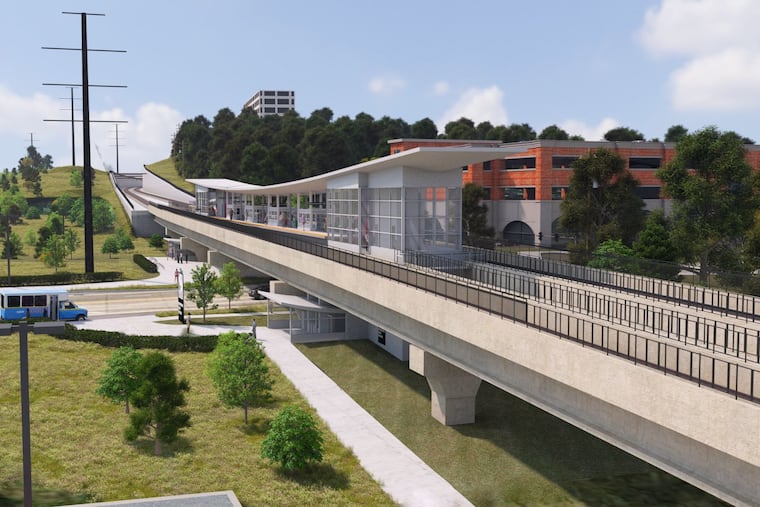SEPTA stops work on proposed King of Prussia Rail Line after federal government denies funding
SEPTA has stopped work on the 4-mile King of Prussia rail extension to its Norristown High Speed Line. The project was expected to cost more than $3 billion.
